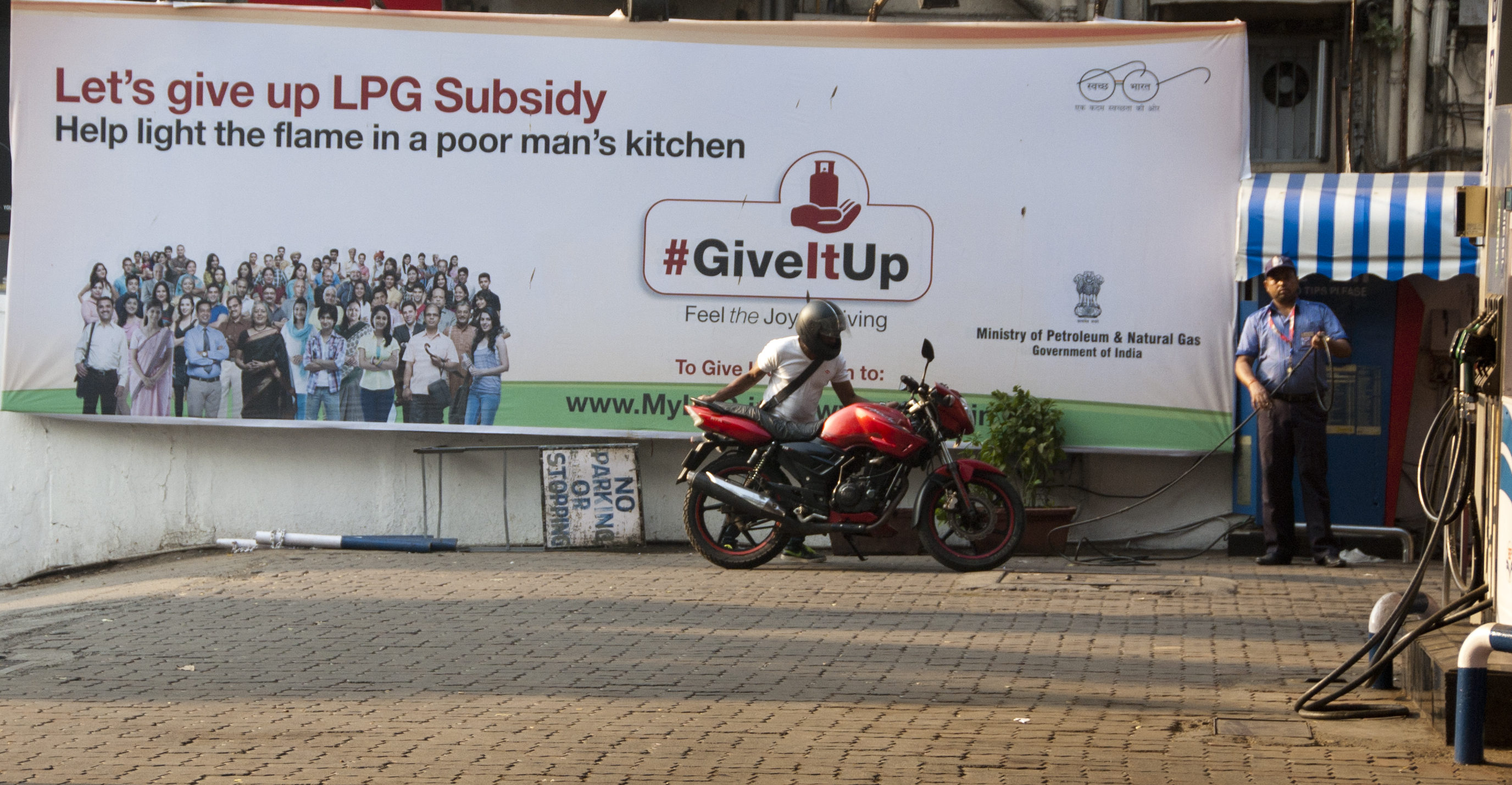A few years ago almost two thousand bold households on the Danish island of Bornholm joined a surge pricing experiment run by their electricity utility. It was supposed to empower the utility and consumers with a simple, direct market (“The Smartest, Greenest Grid,” IEEE Spectrum, April 2013).
The EU-funded project, called EcoGrid, won widespread buy-in from residents, who could also earn small payoffs when they reduced demand. Yet researchers reported last year that they could reduce demand by only 1.2 percent of peak load, despite early predictions of up to 20-percent reductions for so-called virtual power plants. The market model was missing something. Continue reading How a New Middleman Might Help Balance Electricity Grids

